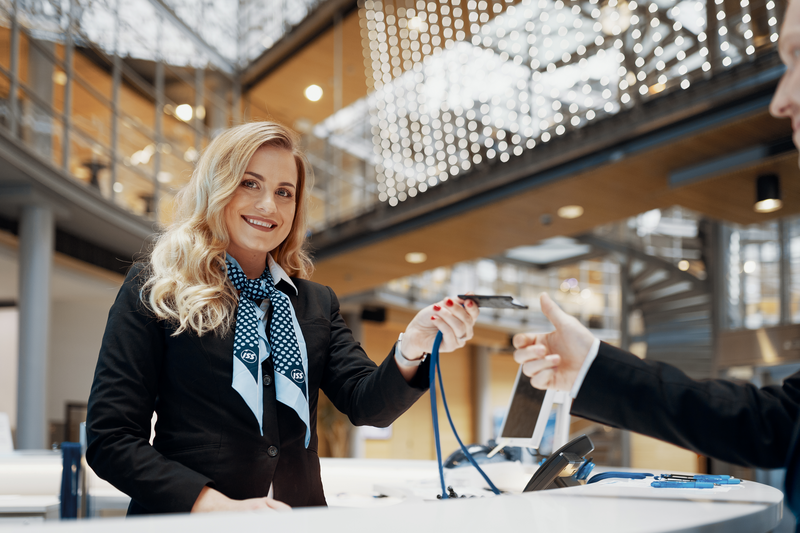The role of the physical workplace is being redefined. At the Evolving Workplaces: Find your space to thrive event in Copenhagen, we brought together leaders to explore how organisations can turn their real estate into a lever for culture, performance and competitive advantage.
From employees to guests: A mindset shift
Telenor Denmark’s CEO, Lars Thomsen, challenged the traditional employee employer view, and suggested that businesses should start viewing employees as guests rather than contractual resources.
“We look at them from a HR, contractual, legal way, but we should start to see our employees as guests. What do you do when you have guests? You offer them your best coffee, the best seat in the house, you listen to them… If we have that view, it will create a better customer experience and more competitiveness.”
With 81% of employees now working in a hybrid model, the office’s role is no longer simply functional. It must foster belonging, collaboration and cultural connection. Shifting the employee lens from administrative to hospitality-focused could unlock new levels of engagement and attendance.
Designing for experience, not just amenities
While food offerings are the biggest motivational factor to be in the office more often, amenities alone aren’t the answer. As Claus Christensen, EY’s Head of Workplace Experience & Advanced Analytics, made clear, it’s the social and emotional context around those services that creates true engagement:
“It’s moving beyond services and commodities to create experiences. The strongest driver is not the coffee itself—it’s the act of sharing it with a colleague. That’s why people come in.”
For workplace leaders, this means designing spaces that intentionally foster connection—from shared cafés and breakout areas to multi-purpose collaboration zones. Our research also shows that workers view the top two benefits of the office as time with colleagues (52%) and knowledge sharing (40%).
Aligning space with strategy: The role of leadership
Facilities and workplace design are increasingly becoming tools for expressing brand purpose and enabling organisational strategy. As ISS Group CEO, Kasper Fangel, shared:
“We meet many executives who are asking how to link workplace design with the organisation’s purpose. If you’re a tech company, how do you design for innovation? If your value is sustainability, how do you reflect that in your space?”
The message is clear: the physical environment is a manifestation of corporate intent. It shapes culture, enables key behaviours and signals priorities to both employees and customers.




